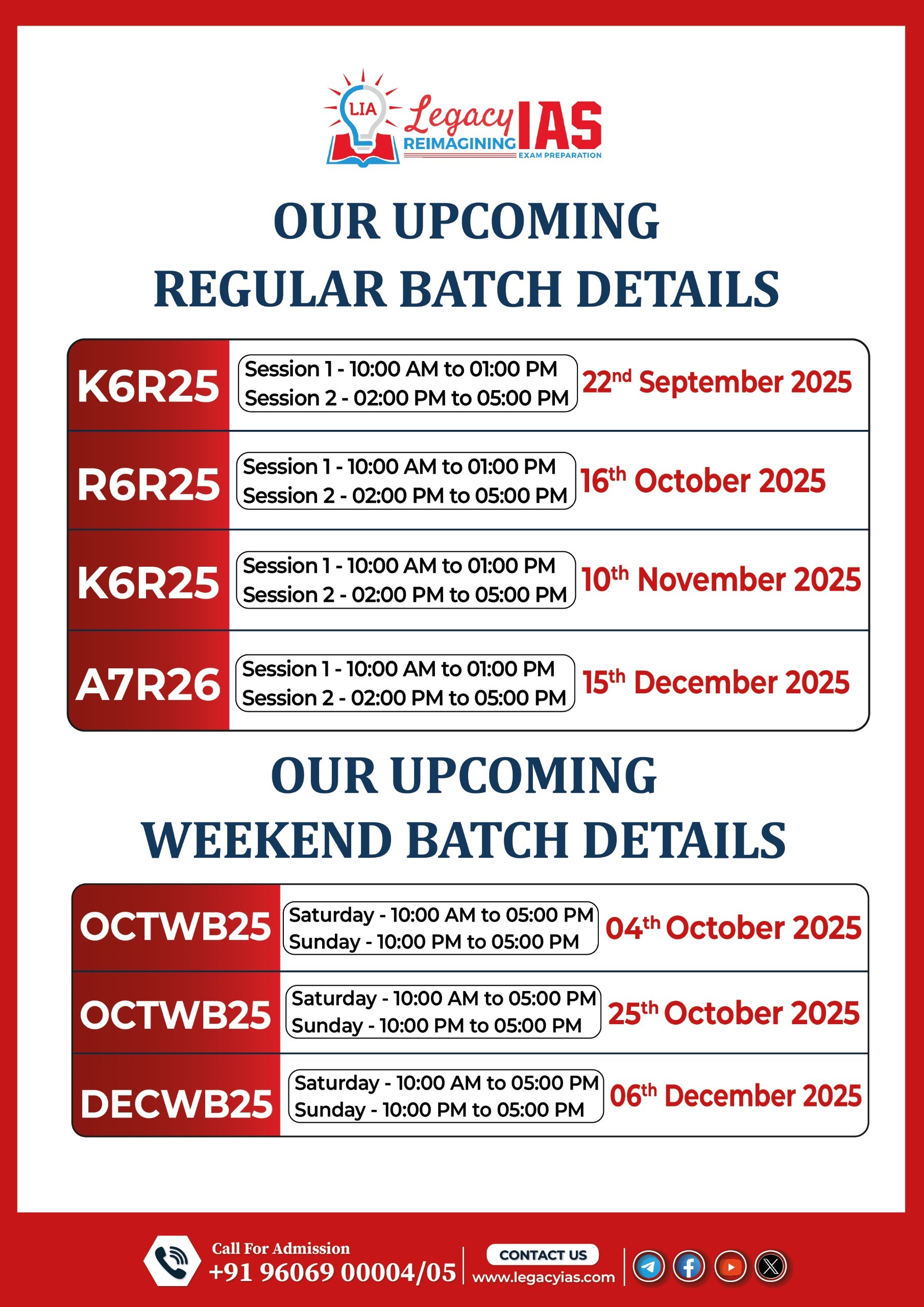Context:
Rooftop solar (RTS) has the potential to revolutionise India’s energy landscape by offering a sustainable, decentralised, and affordable solution to meet the country’s growing electricity needs and making consumers self-reliant. The country’s installed RTS capacity increased by 2.99 GW in 2023-2024, marking the highest growth reported in a single year. As of March 31 this year, the total installed RTS capacity in India was 11.87 GW, according to the Ministry of New and Renewable Energy.
Relevance:
GS II: Government policies and Interventions
Dimensions of the Article:
- What is the RTS Programme?
- How are the States Faring?
- Pradhan Mantri Surya Ghar: Muft Bijli Yojana
- How Can We Ensure RTS Growth?
What is the RTS Programme?
- Initiation: The Indian government initiated the Jawaharlal Nehru National Solar Mission in January 2010 to promote solar energy growth. The initial target was to produce 20 GW of solar energy (including RTS) across three phases: 2010-2013, 2013-2017, and 2017-2022.
- Revised Target: In 2015, the goal was updated to 100 GW by 2022, with a 40 GW component for RTS, and yearly targets set for each State and Union Territory. As of December 2022, India had installed about 7.5 GW of RTS, extending the 40 GW target deadline to 2026.
- Drivers of Improvement: The growth in RTS installations has been spurred by initiatives like the Sustainable Partnership for RTS Acceleration in Bharat (SUPRABHA) and SRISTI schemes, along with financial incentives, technological advancements, awareness campaigns, and training programs.
- Potential: India’s overall RTS potential is approximately 796 GW, with several States yet to fully harness their capacities. To meet the 2030 target of 500 GW of renewable energy (280 GW from solar) and net-zero goals by 2070, RTS must contribute about 100 GW by 2030.
How are the States Faring?
- Gujarat: With an RTS capacity of 3,456 MW, driven by proactive policies, efficient approval processes, numerous RTS installers, and high consumer awareness. Modhera, India’s first solar-powered village, houses 1,300 RTS systems of 1 kW each.
- Maharashtra: Achieved 2,072 MW of RTS, supported by robust solar policies and a conducive regulatory environment.
- Rajasthan: Boasts the highest RTS potential with a capacity of 1,154 MW, facilitated by streamlined approvals, financial incentives, and public–private partnerships.
- Kerala, Tamil Nadu, Karnataka: Achieved capacities of 675 MW, 599 MW, and 594 MW, respectively.
- Challenges in Other States: Uttar Pradesh, Bihar, and Jharkhand face bureaucratic hurdles, inadequate infrastructure, and lack of public awareness.
Pradhan Mantri Surya Ghar: Muft Bijli Yojana
- Objective: The ‘Pradhan Mantri Surya Ghar: Muft Bijli Yojana’ aims to fit 1 crore households with RTS systems, providing up to 300 units of free electricity per month. An average system size of 2 kW will add 20 GW to RTS capacity.
- Financial Outlay: Rs 75,021 crore, including Rs 65,700 crore for consumer assistance, Rs 4,950 crore for distribution company incentives, and funds for local bodies, model solar villages, innovative projects, payment security, capacity building, awareness, and outreach.
- Capacity Building: Rs 657 crore set aside to create a skilled workforce capable of installing, operating, and maintaining RTS systems, promoting advanced solar technologies, energy storage solutions, and smart grid infrastructure.
- Awareness and Outreach: Rs 657 crore allocated for targeting rural and urban areas, prioritizing regions with limited electricity access, high solar potential, and vulnerable communities.
How Can We Ensure RTS Growth?
- Awareness Campaigns: Distribution companies and local bodies should lead grassroots-level campaigns, including door-to-door promotion, strategically planned for long-term implementation.
- Economic Viability: Government subsidies and multiple low-cost financing options, such as easy access to RTS loans, should make RTS economically viable for households.
- R&D Promotion: Investment in solar technology, energy storage, and smart-grid infrastructure to reduce costs, improve performance, and enhance RTS reliability. Utilizing technology like drone and satellite imagery for feasibility assessments and optimal RTS design.
- Training and Skill Development: Accelerate training programs like ‘Suryamitra’ to build a skilled workforce for RTS infrastructure.
- Policy and Regulation Review: Update RTS policies including net-metering regulations, grid-integration standards, and building codes to address emerging challenges and facilitate smooth implementation. Fast-track virtual net-metering and group net-metering for consumers with inadequate roof space.
-Source: The Hindu



